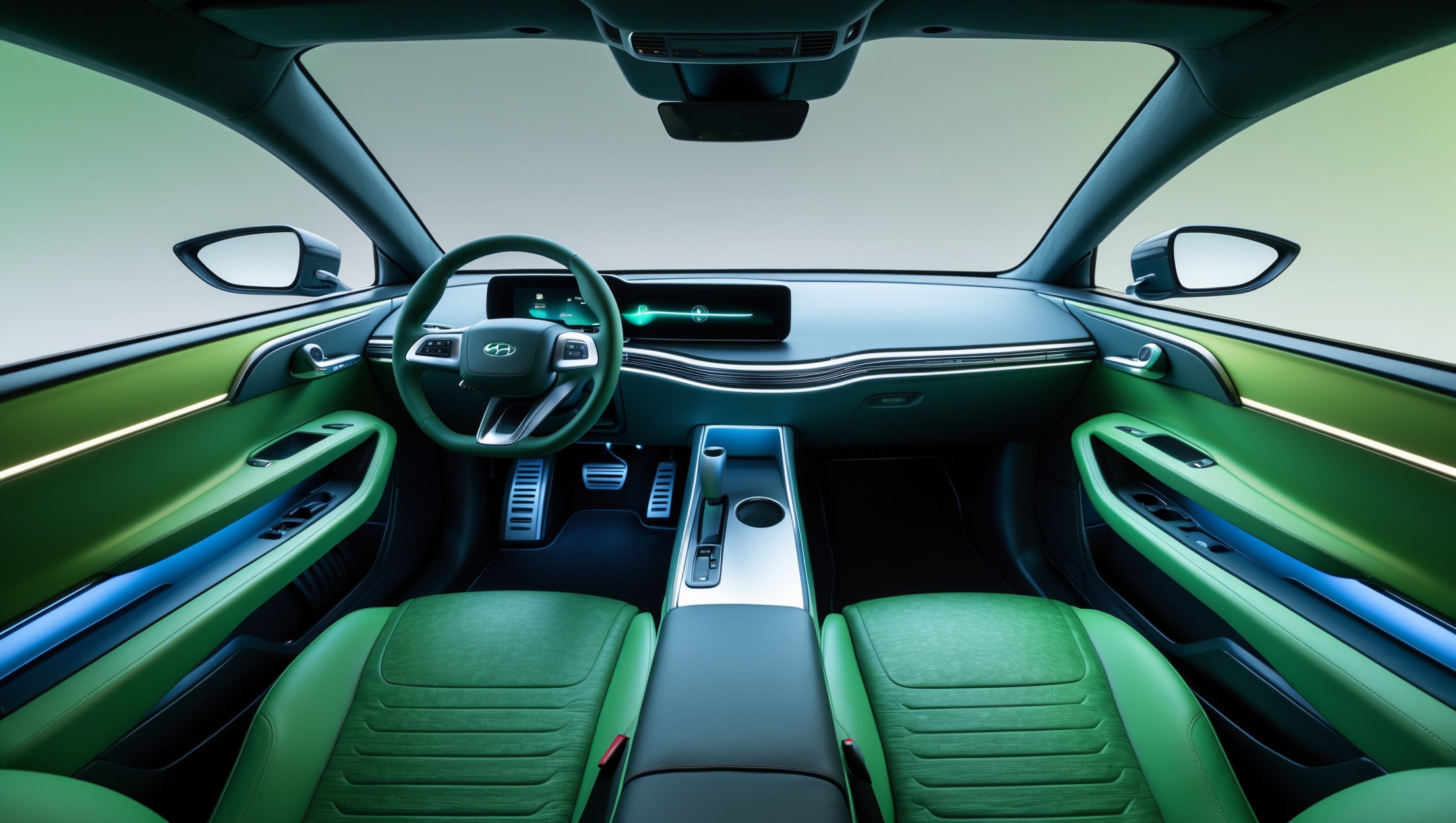In recent years, sustainability has shifted from a trendy buzzword to a critical design philosophy, especially in the automotive industry. While headlines often focus on electric drivetrains and fuel efficiency, a quieter revolution is happening inside our vehicles—one that turns discarded waste into sleek, modern car interiors. From recycled plastic bottles woven into seat fabrics to ocean-salvaged fishing nets forming rugged floor mats, automakers are proving that eco-conscious design can also be stylish and functional.
Why Interior Materials Matter
The average car contains hundreds of pounds of plastic and synthetic materials, much of it used in the dashboard, seats, door panels, and carpets. Traditionally, these components were crafted from virgin materials—resource-intensive to produce and difficult to recycle. In a world increasingly aware of its environmental footprint, this approach is no longer sustainable.
By integrating recycled content into vehicle interiors, automakers can significantly reduce waste and energy consumption. For consumers, this means the car they drive might not just emit less CO₂—it might actively help clean up existing pollution.
From Waste to Wonder: What’s Being Recycled?
1. Plastic Bottles into Upholstery
One of the most common materials used in recycled car interiors is polyethylene terephthalate (PET), better known as the plastic used in water bottles. Brands like Ford and BMW have pioneered the use of recycled PET to create soft, durable seat fabrics and door linings. For example, it takes around 50 recycled plastic bottles to make the seat upholstery for just one Ford Focus.
These fabrics don’t just match the quality of traditional materials—they often exceed it in terms of breathability, stain resistance, and longevity.
2. Fishing Nets into Floor Mats
Discarded fishing nets are a major contributor to ocean pollution. In a move to tackle this issue, companies like Hyundai and Mercedes-Benz have partnered with suppliers to reclaim these nets and repurpose them into rugged, durable floor mats and underbody components. The result: cleaner oceans and interiors that stand up to years of wear.
3. Reclaimed Wood and Bioplastics
Luxury automakers have also joined the eco-movement by incorporating sustainable and reclaimed materials like driftwood, cork, and even coffee bean husks. For example, Volvo uses responsibly sourced wood veneers and bioplastics made from pine oil—a byproduct of paper production—to achieve a modern Scandinavian look.
Mini and Lexus have also experimented with bioplastics derived from sugarcane and other renewable sources, reducing reliance on petroleum-based materials.
The Process: How Trash Becomes Trim
Turning waste into car-ready materials is a high-tech endeavor. First, raw waste—whether plastic, fabric, or fishing net—is sorted and cleaned. It’s then shredded into flakes or melted into pellets, which serve as the base for new materials. These are mixed with other fibers or binders and molded into durable automotive-grade components.
Crucially, these materials must pass stringent safety and durability standards. Heat resistance, UV stability, impact strength, and off-gassing (how much material fumes inside the cabin) are all tested before installation in a production vehicle.
Brands Leading the Way
Several automakers are pushing boundaries when it comes to sustainable interiors:
- BMW i Series: BMW’s i3 and i8 models have set benchmarks for sustainable design, featuring eucalyptus wood dashboards, wool-blend seating, and panels made from kenaf (a fast-growing, fibrous plant).
- Polestar: The electric offshoot of Volvo, Polestar uses recycled PET bottles, cork vinyl, and fishing nets throughout its cabin, and has committed to full material traceability.
- Ford: Beyond plastic bottles, Ford has experimented with soy-based foams, wheat straw-reinforced plastics, and even recycled denim.
- Audi: The e-tron GT features carpets made from Econyl—a material made from recycled nylon, including fishing nets and industrial waste.
The Bigger Picture: Sustainability Beyond the Surface
These interior innovations are more than cosmetic. They reflect a growing trend toward circular economy thinking in auto manufacturing. It’s not just about reducing emissions during driving but addressing the entire lifecycle of the vehicle, from raw materials to end-of-life recycling.
Moreover, using recycled materials can reduce water usage, cut down greenhouse gas emissions, and lessen dependency on fossil fuels. For consumers, it offers a chance to make a positive impact without compromising comfort or design.
Challenges and Future Outlook
Despite the progress, challenges remain. Recycled materials can be more expensive to process and may face supply chain limitations. Color consistency and long-term durability are also considerations.
However, as technology improves and consumer demand grows, economies of scale are likely to lower costs and improve access. Automakers are also investing in closed-loop systems, where vehicle materials are designed to be reclaimed and reused in future models.
Looking ahead, expect to see even more radical materials—like mycelium (fungus-based foam), algae-based plastics, and carbon-negative fibers—finding their way into the cars of tomorrow.
Final Thoughts
As automakers reimagine what sustainability means in the 21st century, vehicle interiors are becoming a canvas for eco-innovation. The shift from trash to trim is more than a clever marketing angle—it’s a necessary evolution in a world grappling with climate change and resource scarcity. Whether you’re a gearhead, an eco-conscious driver, or just someone who wants their ride to reflect their values, recycled interiors prove that being green can also be genuinely cool.





